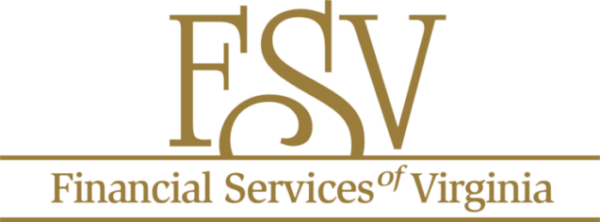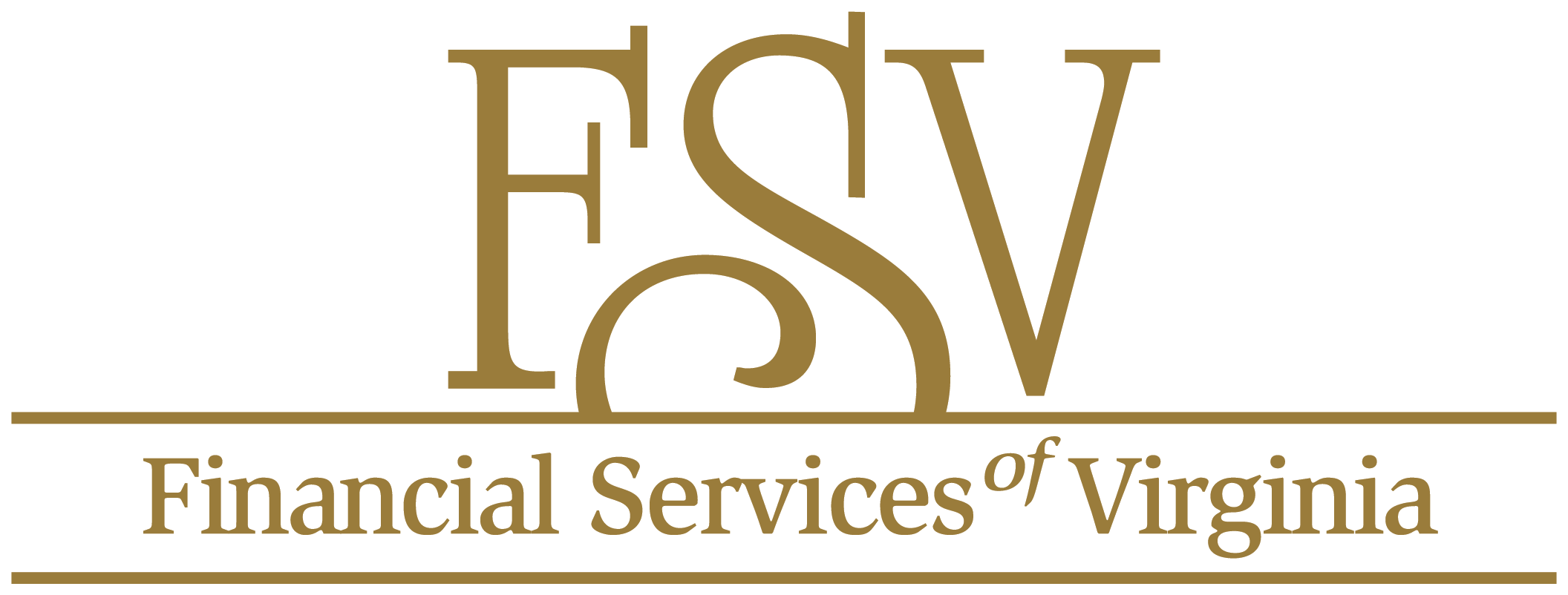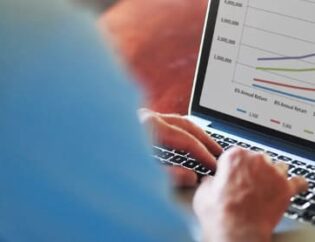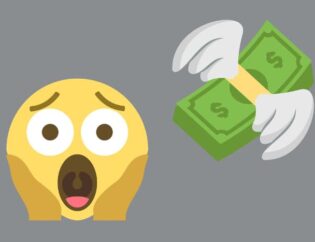

Mark Kantrowitz, Contributor
Dec. 23, 2021
The U.S. Department of Education announced today that it is extending the payment pause and interest waiver through May 1, 2022 to give it time to evaluate the impact of the Omicron variant on borrowers and the economy. Borrowers have a few options for using the financial relief afforded by the extension.
The payment pause and interest waiver saves the typical borrower about $100 a month in interest.
A key risk of the new extension is that nobody will believe that repayment will restart on May 1 after the previous extension was labeled as the “final” extension. There’s always going to be another virus variant of concern.
Though, fear of the virus, as opposed to the virus itself, might contribute to a self-fulfilling prophecy of an economic retreat.
As Franklin D. Roosevelt said during his inaugural address, “the only thing we have to fear is fear itself — nameless, unreasoning, unjustified terror which paralyzes needed efforts to convert retreat into advance.”
A further extension of the payment pause and interest waiver is not really needed. Unemployment rates for college graduates have normalized. Among borrowers who weren’t eligible for the payment pause and interest waiver, deferment, forbearance and default rates have returned to pre-pandemic norms. Delinquency rates are better now than they were before the pandemic.
Nevertheless, the three-month extension provides borrowers with more time to prepare for the restart of repayment. They can save the money to make it easier to resume making payments on their student loans. They can pay down higher-interest debt that isn’t paused, such as credit card debt. They can use the money to build or bulk up their emergency fund.
Borrowers should also take a few steps to ensure a smooth transition to monthly student loan payments:
- Update your contact information with the loan servicer and at StudentAid.gov. This will ensure that you learn about your new payment due date and loan payment amount (or, yet another extension to the payment pause).
- If you are signed up for AutoPay, where monthly loan payments are automatically transferred from your bank account to the lender, don’t assume that the automatic payments will restart. You may have to reaffirm that your bank account information hasn’t changed, or to provide the new bank account information if it has changed.
- If you aren’t using AutoPay, consider signing up for it. Not only are you less likely to be late with a payment, but many lenders will reduce your interest rate by a quarter of a percentage point as an incentive.
- If you are in an income-driven repayment plan and your income has decreased, ask the loan servicer to recertify your income early, to qualify you for a lower monthly loan payment.
- If you won’t be able to make your student loan payments when repayment restarts, contact the loan servicer to ask about your options. You can continue a payment pause through the unemployment deferment, economic hardship deferment or a general forbearance. Interest may continue to accrue, however, during a deferment or forbearance. If your income is less than 150% of the poverty line, you can get a zero monthly loan payment under an income-driven repayment plan, such as IBR, PAYE and REPAYE.
© 2021 Forbes Media LLC. All Rights Reserved
This Forbes article was legally licensed through AdvisorStream.









